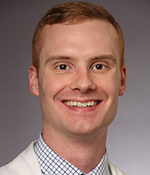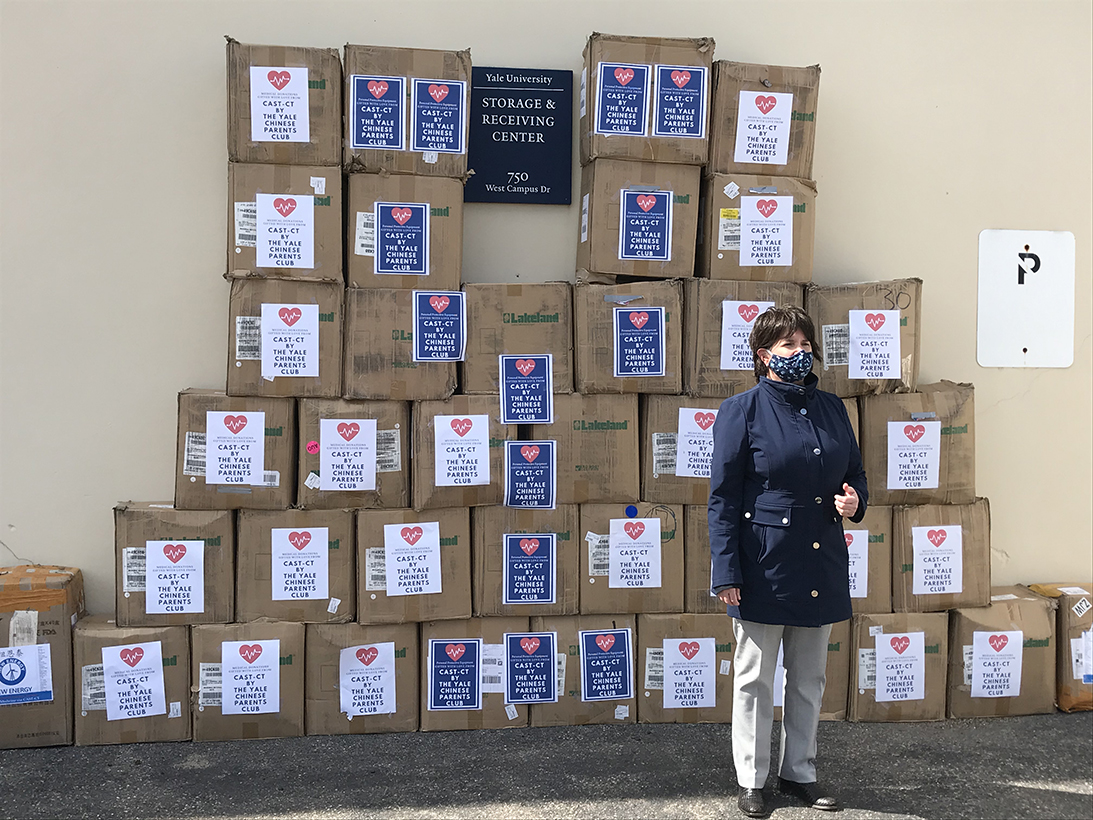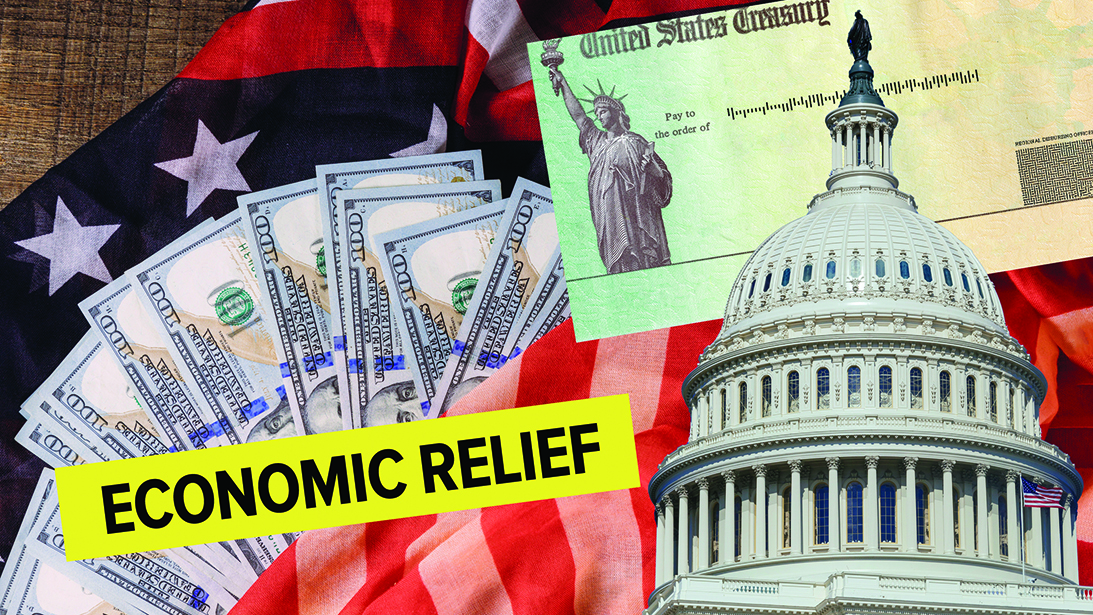AAOS Now, July 2020
-

Practices Can Benefit from Remote Patient Monitoring
-

Financial Fears and the COVID-19 Response
-
A Resident’s Perspective on Education During the COVID-19 Pandemic
-
Podcast Recap: CMS Regulatory Response to COVID-19
-

Orthopaedic Surgeon Transitions to Frontline COVID-19 Physician
-

Personal Protective Equipment: Orthopaedic Surgeons Face Ongoing Supply Chain Crisis
-

How Did We Only Have 1 Percent of the Masks Needed to Fight COVID-19?
-

An Overview of Medical PPE Masks for Orthopaedic Surgery
-

Orthopaedic Leader Becomes PPE Supply Chain Expert and Unifier During the COVID-19 Crisis
-

Academy Registry Program Now Captures COVID-19 Data
-

Congressional Response to COVID-19
-
The Impact of COVID-19 on Orthopaedic Residency Training
-
The Future of Telemedicine Is Evolving